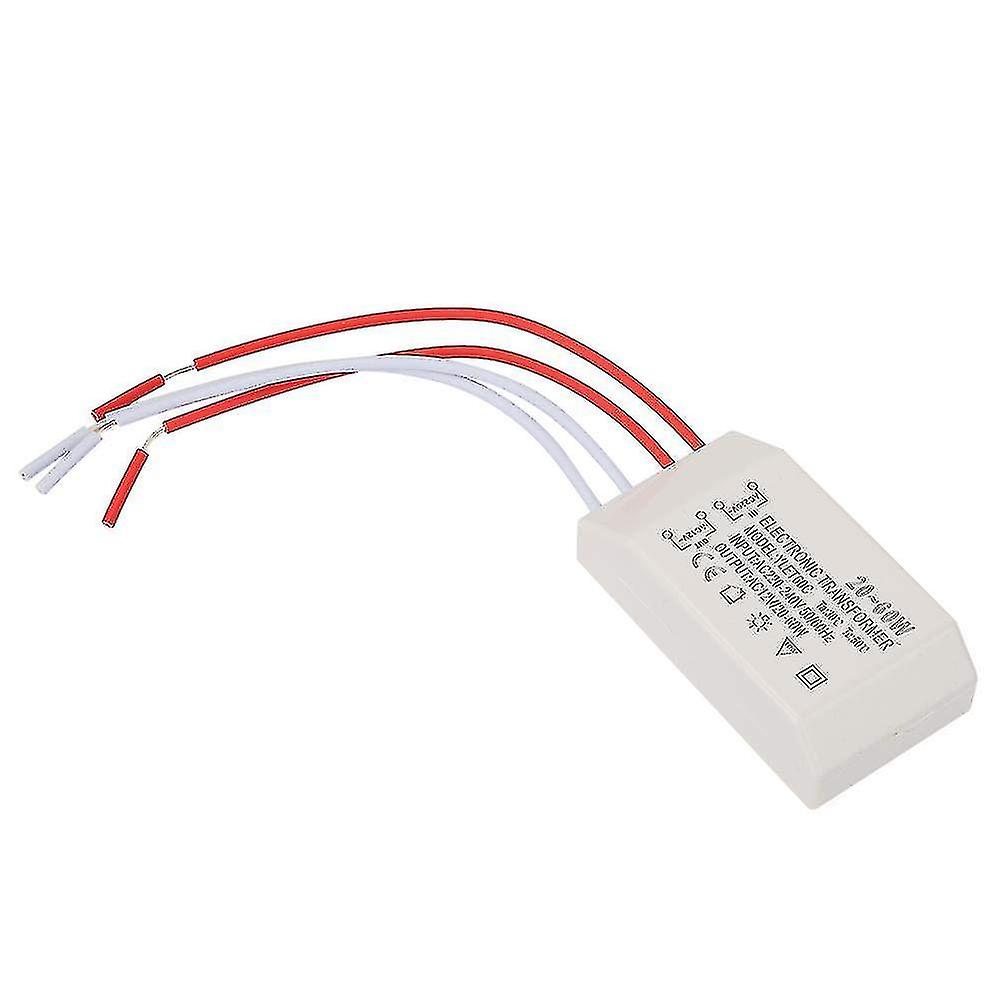In the era of artificial intelligence and natural language processing, the Transformer model has emerged as a game-changer. Developed by Google, the Transformer has revolutionized various fields, including machine translation, text generation, and sentiment analysis. In this blog post, we will delve into the intricacies of using the Transformer model effectively, exploring its architecture, training process, and practical applications.
- Understanding the Transformer Architecture:
The Transformer model is built upon the self-attention mechanism, enabling it to capture long-range dependencies in a sequence of words. It consists of an encoder-decoder structure, with multiple layers of self-attention and feed-forward neural networks. We will explore each component in detail, highlighting their roles and interactions. - Preparing Data for Transformer Training:
To achieve optimal performance with the Transformer, data preparation plays a crucial role. We will discuss techniques such as tokenization, subword encoding, and data augmentation, ensuring that the input data is compatible with the model's requirements. Additionally, we will explore strategies for handling large-scale datasets efficiently. - Training the Transformer Model:
Training a Transformer model requires careful consideration of hyperparameters, optimization algorithms, and regularization techniques. We will delve into these aspects, providing insights into how to fine-tune the model for specific tasks. Moreover, we will discuss the challenges associated with training large-scale Transformer models and potential solutions. - Fine-tuning and Transfer Learning:
One of the remarkable features of the Transformer model is its ability to transfer knowledge across different tasks. We will explore techniques for fine-tuning pre-trained Transformer models on specific downstream tasks, such as text classification, named entity recognition, and question answering. This section will provide practical guidelines for leveraging the power of transfer learning. - Advanced Applications of the Transformer:
Beyond its fundamental applications, the Transformer model has been applied to various advanced tasks. We will explore cutting-edge research and real-world use cases, including text summarization, dialogue systems, and language generation. By understanding these applications, readers will gain insights into the vast potential of the Transformer model.
Conclusion:
The Transformer model has revolutionized the field of natural language processing, enabling breakthroughs in various domains. In this comprehensive guide, we have explored the architecture, training process, and advanced applications of the Transformer. By following the guidelines and best practices outlined in this article, you can harness the full potential of the Transformer model and unlock new possibilities in your own projects.


